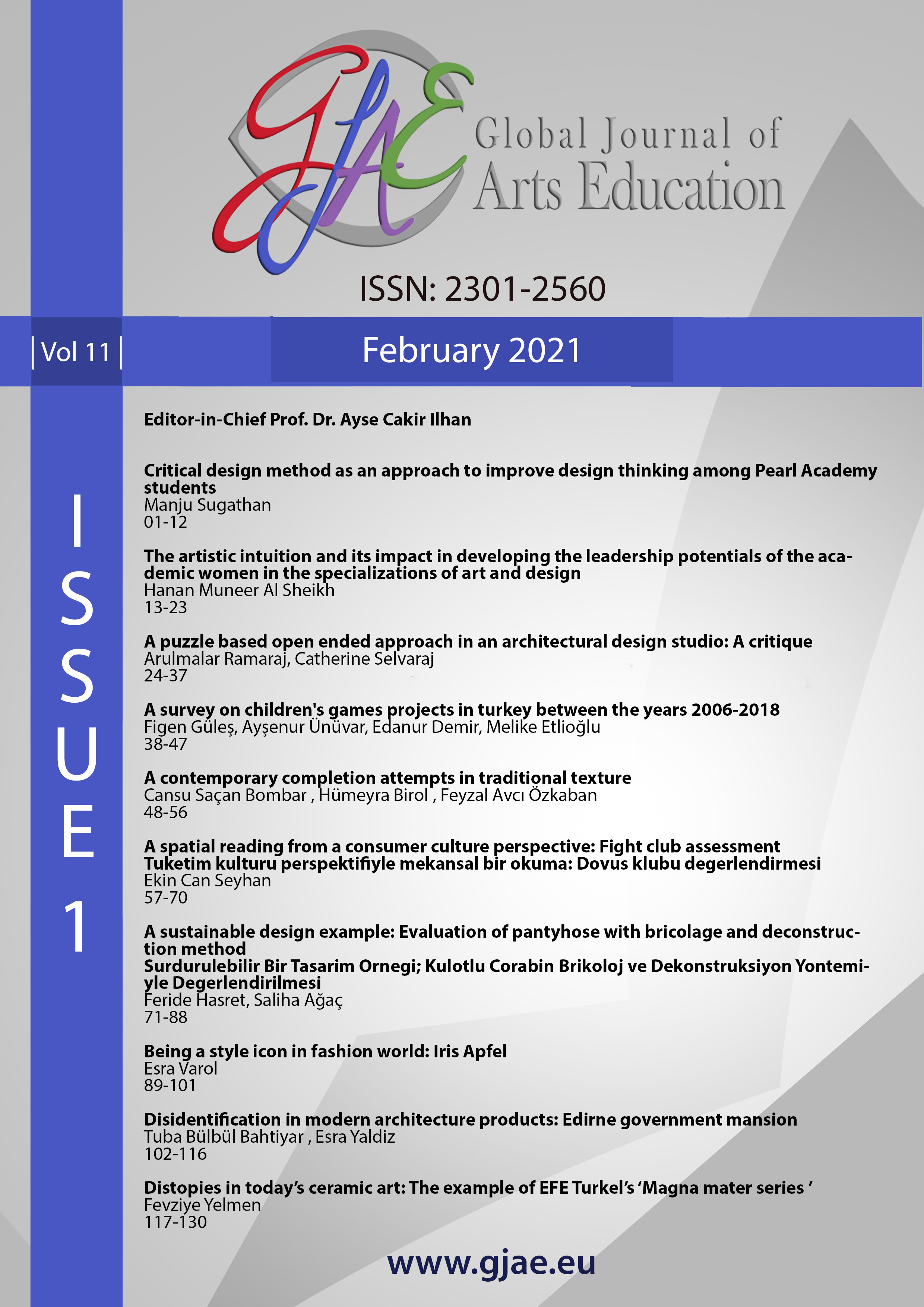A contemporary completion attempts in traditional texture
Main Article Content
Abstract
Traditional settlements are formed by the mutual interaction of the culture, technology and the geographical inputs of the physical environment, which transform over time and mature with the intertwining and overlapping of different cultural productions in processes spanning centuries. These inputs, which are described as tangible and intangible data, create the architectural characteristics of the settlements by shaping the architectural structures and the way in which these structures are associated with each other and the characteristics of that place. Today, two types of intervention needs come to the forefront, namely maintenance–repair and new construction activities in existing gaps, in traditional tissues that are faced with conservation problems due to the globalising life culture, current needs of modern life and accelerated technological development. The interventions to be carried out in this direction carry various risks and possibilities in terms of preserving and maintaining the architectural identity of traditional settlements. Based on the above query, this study focuses on a design experiment in Birgi settlement, which stands out as an important cultural tourism destination besides its traditional and rural characteristics. The study, carried out within the scope of DEU’s Department of Architecture Department Restoration Master’s Programme, 2018–2019 Spring Semester ARC5144 Restoration Project and Environmental Analysis course, conveys an experience on the completion of a local housing structure that has lost its building integrity with a modern approach, while at the same time, continuing, integrating with the architectural characteristics of the settlement, using today’s technological possibilities, opens the question of belonging to the present.
Keywords: Traditional architecture, contemporary completion, sustainability.
Downloads
Article Details

This work is licensed under a Creative Commons Attribution 4.0 International License.
Authors who publish with this journal agree to the following terms:
- Authors retain copyright and grant the journal right of first publication with the work simultaneously licensed under a Creative Commons Attribution License that allows others to share the work with an acknowledgement of the work's authorship and initial publication in this journal.
- Authors are able to enter into separate, additional contractual arrangements for the non-exclusive distribution of the journal's published version of the work (e.g., post it to an institutional repository or publish it in a book), with an acknowledgement of its initial publication in this journal.
- Authors are permitted and encouraged to post their work online (e.g., in institutional repositories or on their website) prior to and during the submission process, as it can lead to productive exchanges, as well as earlier and greater citation of published work (See The Effect of Open Access).

